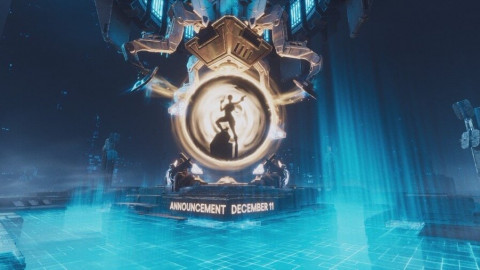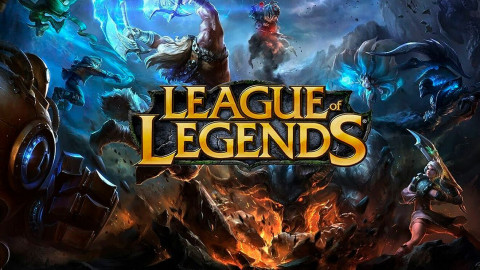As a form of entertainment, video games are utterly unique. While other industries often benefit from technological leaps, few are so tightly bound to the technology as gaming is. With each new year comes more potential to unlock, as hardware improvements and developments to gaming's overall infrastructure continue to drive growth. The issue of such evolution, as we will explore, is that it can be at odds with how eSports operate.
Opposing forces
Esports, like most physical sports, see consistency as advantageous. There are strict rules to these games that always apply, meaning that players and fans can leave and come back without feeling lost or alienated. Even a game like League of Legends, which launched in October 2009, would still be understandable today to those who had last engaged with it a decade ago.
This underlying factor demonstrates the core of how long-standing eSports games operate. The complications come from maintaining a game’s legacy, while never crossing over the line into stagnation. It’s an intricate balancing act, but not one which is completely unique to video games.

Finding a solution
Other forms of interactive entertainment, like online casino games, have faced similar issues. In this industry, the solution came from increasing game selection and bringing in new playable characters. Hundreds of variations on the base games such as slots were also introduced. After that, a focus from websites such as CasinoWings, for example, on leading players to bonuses like deposit matches and free spins, helped keep the environment fresh, changeable, and engaging.
While taking a different tack from video games, this idea of building rather than completely transforming is still key. In the case of League of Legends, advancements are most evident through the introduction of new champions. At launch, the game had forty from which to choose. As of late 2020, League of Legends hosts 150 playable characters. Each one could potentially shift the meta, creating an evolution of tactics though staying true to the game’s original formula.
CS: GO took a different route, though ultimately found themselves in a similar situation. Older, and with graphics ultimately not as stylized as LoL, Counter-Strike's problems were tied to aging tech. The original Counter-Strike, and then Counter-Strike: Source, both started to show their age negatively. Rather than pushing further updates and ending up in technical debt, Valve opted to release what was essentially a higher-tech remake in CS:GO. This solved the problem of stagnation while also expanding gameplay opportunities, walking a line which Complex community says many sequels fail to manage.

Creating a new world
Owing to its young age on the stage of international competition, it’s difficult to predict the ultimate state of esports titles Many, like CS:GO, could continue to develop on a technical level, with remakes every decade or two. Others, like LoL, might rely on their backing software for decades, building on it, but never replacing it completely.
These components raise questions as to how this arm of the gaming industry might settle. Will we have games as we see in casinos, where we play classic favorites, or will the need for better graphics and bigger worlds eventually leave older esports titles in the dust? It’s an interesting question, and one we’re sure the industry is considering.
-
 Guest Reporter
Guest Reporter
Sort by:
Comments :0





